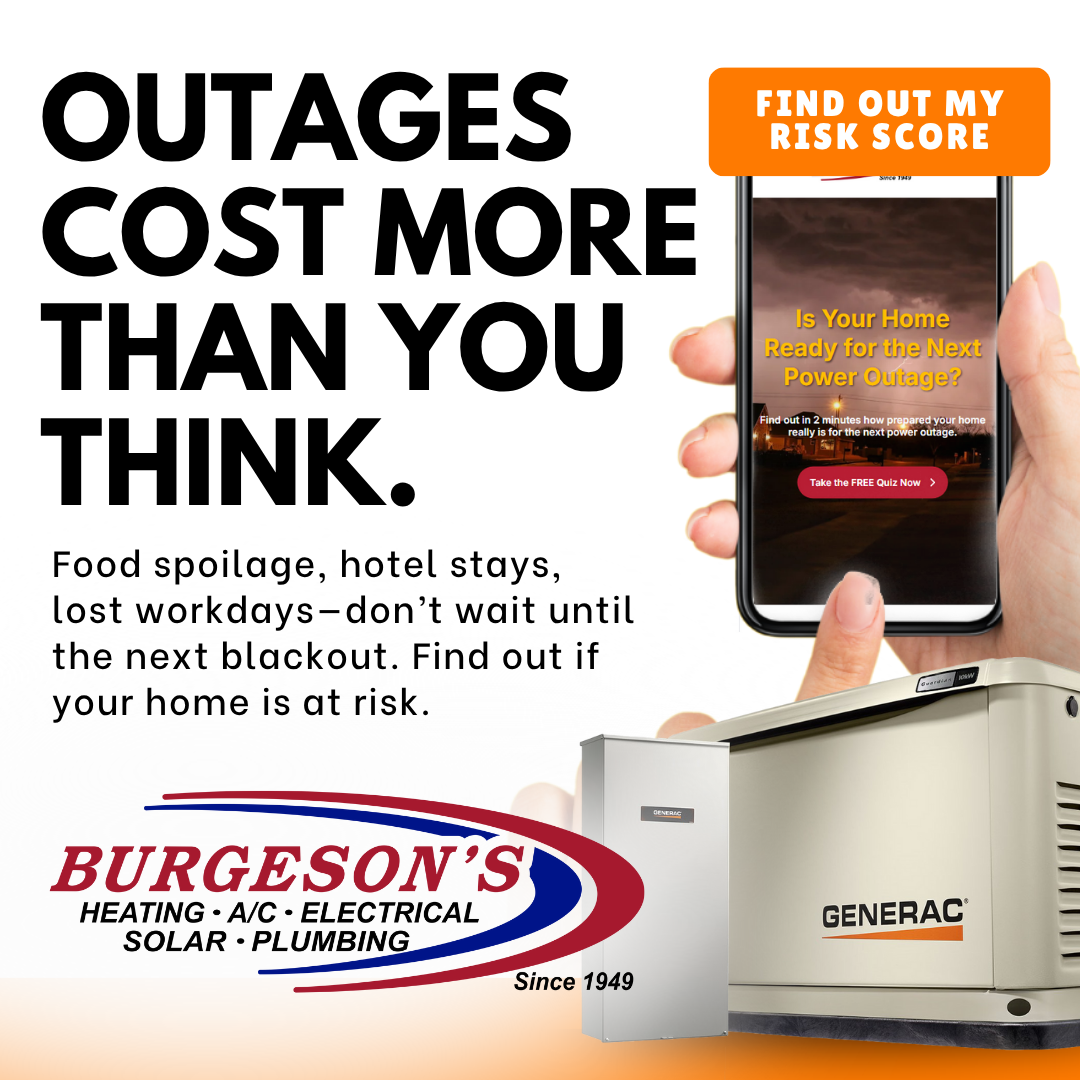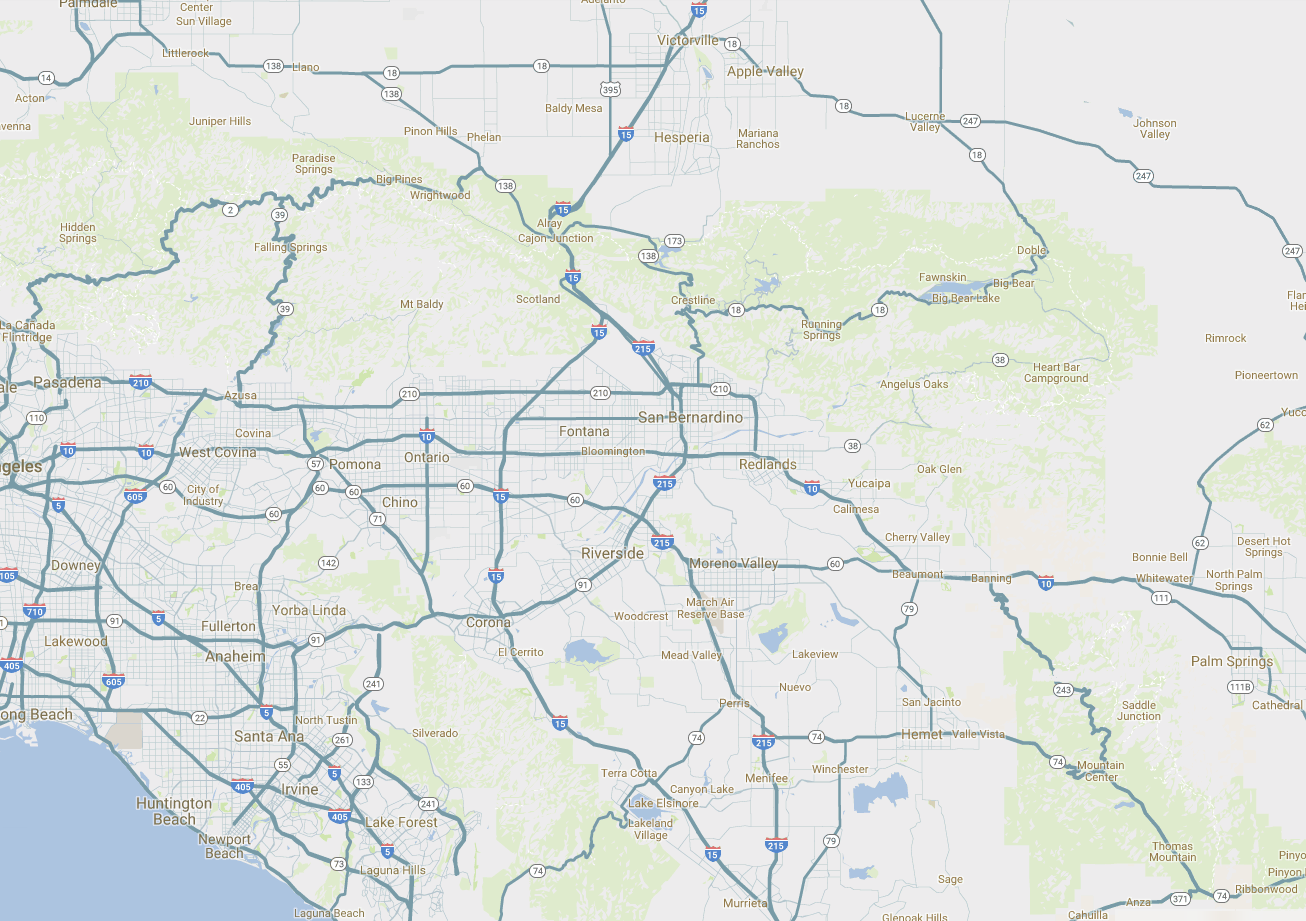What is a Solar True-Up Bill?
If you have solar panels, you’ve probably heard the term solar True-Up bill, but what does it actually mean? It’s a crucial part of Net Energy Metering (NEM), a system that helps solar customers get credits for the excess energy they send to the grid. So, why does it matter? Well, it determines whether you owe money or get a credit at the end of your billing cycle.
Did you know that some solar customers owe money on their True-Up bill, even if they’re using their own energy? Or that solar credits might not cover all your charges?
This guide will walk you through how True-Up bills work, what to expect, and how you can avoid surprises. Keep reading to learn how to manage your solar True-Up bill like a pro!
TABLE OF CONTENTS
- What Is a Solar True-Up Bill
- How Does a True-Up Bill Work?
- Why Do Some People Owe Money on Their True-Up?
- How to Minimize Your True-Up Bill
- True-Up Bill FAQs
- Want to optimize your solar savings? Contact us for a solar evaluation
WHAT IS A SOLAR TRUE-UP BILL?
A solar True-Up bill is a year end reconciliation of how much energy you produced versus how much energy you used. Sounds simple, right?
But here's the catch: the solar True-Up is part of a bigger system called Net Energy Metering (NEM), where your excess solar energy gets sent to the grid, and you earn credits. However, at the end of the year, the utility company adds up everything to calculate the final balance.
What is a True-Up bill for solar? It’s basically a “final check” of all your energy usage over the past 12 months. Utility companies track how much solar energy you produce, how much you use, and how much you send back to the grid. This gives them an accurate picture of your energy needs for the year.
At the end of this 12-month period, solar customers may either owe money or receive credits. If you used more energy than you generated, you’ll owe money. If you generated more energy than you used, you’ll likely get a credit.
Did you know that in some cases, people owe more money than expected on their solar True-Up bill? It's important to understand how it works to avoid any surprises!
HOW DOES A TRUE-UP BILL WORK?
Understanding how the solar True-Up bill works is essential for every solar panel owner. It’s all about balancing how much energy you use versus how much energy you produce. Let’s break it down so it’s super clear!
MONTHLY NET METERING VS. ANNUAL TRUE-UP
Each month, any excess solar energy you produce is sent to the grid, and you earn credits for it. Think of it like your solar system is “banking” this extra energy, and those credits add up over time. The great part? You don’t lose these credits!
At the end of the year, your utility company calculates the final True-Up bill. They total up all the credits and charges from the past 12 months. This is where it gets interesting: if you’ve sent more energy to the grid than you’ve used, you may get a credit. But if you’ve used more energy than you’ve produced, you’ll owe money—sometimes more than expected!
WHAT’S INCLUDED IN A TRUE-UP STATEMENT?
Your True-Up solar statement will include several important numbers:
1. Total kWh used vs. exported: This shows how much energy you’ve consumed versus how much you’ve sent to the grid.
2. Remaining charges or credits: Based on the total, you may owe or receive a balance.
What is a True-Up bill for solar? It’s essentially a “final check” of your energy use and generation over the year, ensuring everything balances out at the end.
WHY DO SOME PEOPLE OWE MONEY ON THEIR TRUE-UP?
Sometimes, when the solar True-Up bill arrives, it’s not all credits and good news. So why do some people owe money? There are a few reasons this can happen, and understanding them can help avoid surprises.
ENERGY USAGE CHANGES
If your energy usage has increased during the year, you might be surprised by your True-Up solar bill. Did you get a new appliance, start EV charging, or begin working from home more often?
All of these things can raise your electricity needs, and your solar panels might not be enough to cover it. When that happens, you’ll end up owing money, as the excess energy you generated might not be enough to cover all of your usage.
SYSTEM UNDERSIZING
Not all solar systems are created equal. If your system was undersized (meaning you don’t have enough panels to meet your annual energy needs), you might see a True-Up solar bill that’s higher than expected. It’s important to ensure your system is properly sized from the start to avoid paying more at the end of the year.
CHANGES IN NET METERING POLICIES
In California, NEM 3.0 has recently changed the solar buyback rates, meaning you might not get as many credits for the energy you send to the grid. These changes can make your True-Up bill higher, as you’re not getting as much back for your excess energy.
NON-BYPASSABLE CHARGES (NBCS)
These are charges that can’t be offset by your solar credits. Even if your solar True-Up bill looks good, these charges still apply, leaving you with a balance to pay.
HOW TO MINIMIZE YOUR TRUE-UP BILL?
No one likes surprises when it comes to their solar True-Up bill. Luckily, there are several steps you can take to help minimize what you owe at the end of the year. Let’s dive into the ways you can stay ahead and reduce that final balance!
MONITOR ENERGY USAGE
The first step in minimizing your solar True-Up bill is to keep an eye on how much energy you’re using. There are tons of solar monitoring apps available that let you track your energy consumption in real-time.
For example, apps like Enphase show you how much energy your panels are producing and how much you’re using at any given moment. If you notice that your energy usage is creeping up, you can adjust and reduce it before it gets out of hand.
CONSIDER BATTERY STORAGE
Instead of sending excess energy back to the grid and waiting for credits, consider adding battery storage to your solar system. This way, you can store the extra energy for later use—especially helpful at night when your panels aren’t producing.
For example, the Tesla Powerwall or Enphase batteries store solar energy so you can use it during peak hours, avoiding buying back electricity from the grid. By storing energy, you keep more of it for your own home, reducing your True-Up solar bill.
OPTIMIZE SOLAR PANEL PRODUCTION
To maximize the efficiency of your system, make sure your solar panels are clean and free from any shading. Dust, debris, or tree branches blocking sunlight can drastically reduce your panel’s output. If your panels are kept clean and unshaded, they’ll produce more energy, helping you avoid the need to purchase additional power from the grid.
ADJUST ENERGY HABITS
Try using your high-energy appliances like dishwashers or washing machines during peak solar hours—typically between 10 am. and 4 pm. This way, you’re using the energy your panels are generating and reducing reliance on grid power. It’s a simple adjustment that can help lower your solar True-Up bill.
RIGHT-SIZE YOUR SOLAR SYSTEM
If you’ve been wondering what is a True-Up bill for solar, part of the reason people owe money on it is because their solar systems are undersized. If your system doesn’t produce enough energy to meet your long-term needs, you’ll have to buy extra power from the grid. It’s important to have your system sized properly so that you’re generating enough energy to cover your entire household's needs.
TRUE-UP BILL FAQS
DO I GET A REFUND IF I GENERATE MORE ENERGY THAN I USE?
It depends on your utility’s buyback policies. In some cases, if you generate more energy than you consume, you may receive a credit. However, the amount can vary depending on whether your utility offers net metering or another program. Be sure to check your utility provider’s specific policies to know what to expect.
CAN I PAY MY TRUE-UP BILL IN INSTALLMENTS?
Some utilities offer payment plans that allow you to spread out your True-Up bill over time. This can help if the final bill is higher than expected. Check with your utility provider to see if this option is available in your area.
HOW DOES NEM 3.0 AFFECT TRUE-UP CHARGES?
The new NEM 3.0 policy in California has lowered export rates for solar energy. This means you’ll receive fewer credits for the energy you send back to the grid, which can lead to higher True-Up charges.
WANT TO OPTIMIZE YOUR SOLAR SAVINGS? CONTACT US FOR A FREE SOLAR EVALUATION!
Ready to make the most of your solar system?
Contact our team today for a solar evaluation! We’ll assess your current setup, help you optimize your energy production, and ensure you’re saving as much as possible. Let’s take your solar savings to the next level!













